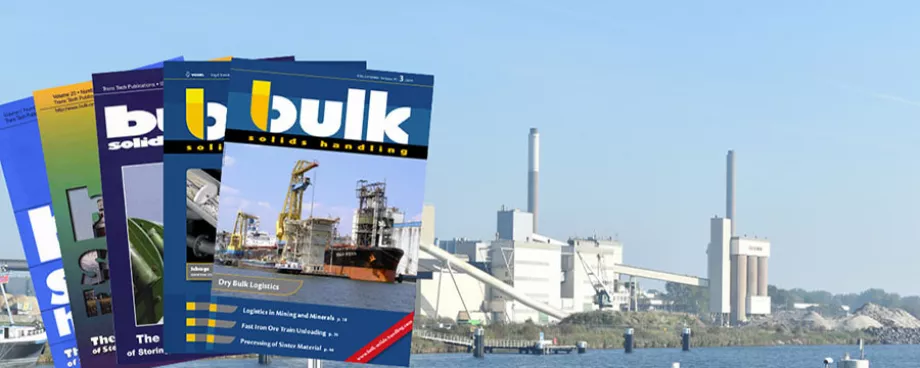In general, flow patterns can be classified into funnel flow Fig. 1, or mass flow Fig. 2. Hopper configurations to cause mass flow usually have steep and smooth hopper walls. Funnel flow occurs with flat rough walls. Most conical bins used in industry with hopper slopes of 45 to 60 degrees from the horizontal do not produce mass flow even with smooth liners.
Controlling flow patterns in bins is often the key to solving many flow problems. For example a stationary rathole or central pipe shown in Fig. 1 is completely eliminated by causing mass flow at the walls of the hopper as illustrated in Fig.2. The segregation [1] is caused when material of different size consists are charged into a bin and can be reduced or eliminated by imposing a uniform withdrawal of material from the bin so that horizontal layers of solids are remixed upon discharge. More subtle uses of controlled flow patterns include blending of solids moving through the bin and control of retention time in a bin either for chemical reaction reasons or for deaeration of fine dry powders.
■







